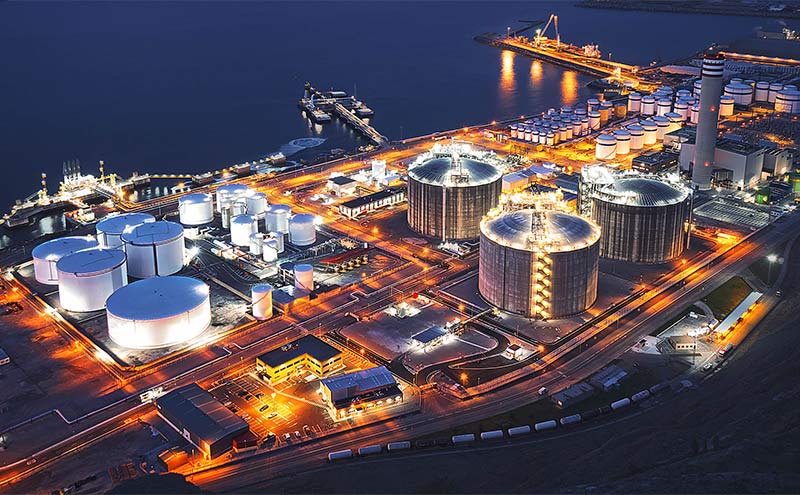- Article

- Infrastructure and Sustainable Finance
- Transition to Net Zero
- Economic
Towards the zero-carbon city
Transitioning to a low-carbon economy is crucial for limiting further temperature rises. The solutions are clear – halt rising greenhouse gases by enabling widespread energy efficiency and decarbonising the primary energy supply.
There are plenty of opportunities for cities to play their part in solving climate change. Enabling clean transportation and building standards that promote energy efficiency improvements and renewable energy scale up will be critical. Cities are becoming more vocal in their pledges on climate action. Over 9,000 cities have pledged to reduce emissions, and around 100 have gone one step further by committing to carbon neutrality.
This report provides signposting for the types of activities that can be put in place by local authorities and business to deliver an emission reduction pathway. It showcases success stories that have already been implemented by cities across the world and demonstrates how the different stakeholders of city infrastructure can participate.
Taken in isolation, the individual activities set out in this report will only make a dent in the emissions challenge. Taken together, these initiatives provide a zero carbon environment that promotes prosperity and preserves our natural environment.
The future belongs to the city
Just over 50% of the world’s population currently live in one. By 2050, this figure will have grown to almost 70%, and by 2080 almost 80% of the world’s then 9 billion people will be urbanised. In raw terms, that’s roughly 7.5 billion people. Over 80% of global GDP is already generated in cities.
This success is understandable. Cities create positive network effects across vast areas of human endeavour. They are centres of job creation, education, finance and cultural exploration. They can also be dirty, noisy and dangerous. But millions of people flock to urban living every year, willing to make these sacrifices in exchange for a shot at better prospects, amenities and human services.
However, this magnetic appeal could hasten global disaster. As things stand, cities contribute 70% of the world’s greenhouse gas output1. Without a rethink of the city’s growth model, and its relationship with carbon emissions, it will be challenging to stay under the 1.5°C of global warming target put forward by the 2015 Paris Agreement.
This report attempts to set out a new, zero-carbon model for urban growth. What are the biggest sources of city-related carbon emissions? What will governments, city authorities and the private sector need to change? What kinds of financing can be made available to make this change happen?
References
1 Cities and Climate Change, HSBC Global Research - https://www.research.hsbc.com/C/1/1/320/VCKrdFk
This report is the product of widespread engagement with individuals across HSBC and other corporate organisations, public entities, NGO’s and academia. The Centre of Sustainable Finance would like to thank the following individuals for devoting time to contribute to this project: Michael Milner-Watt, Emily Murrell, Borane Gille and Indira Masullo.



